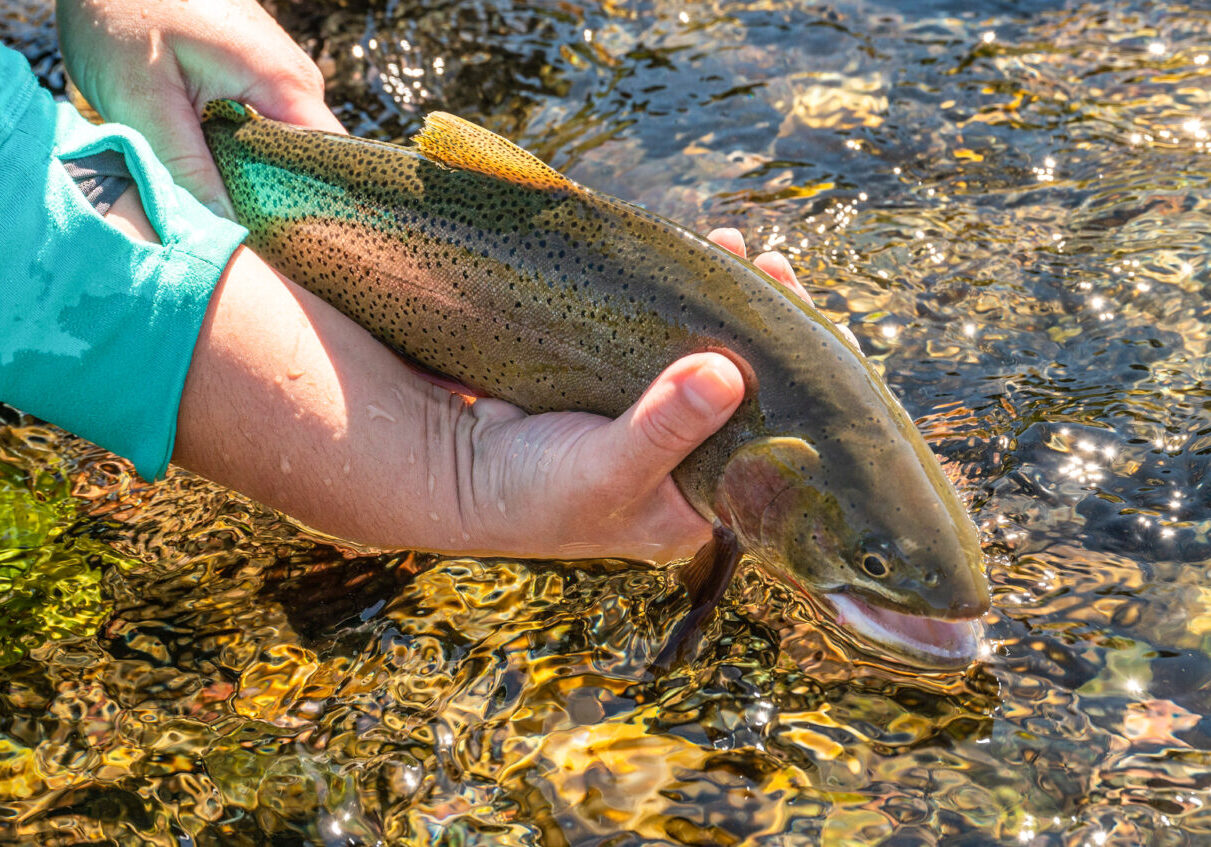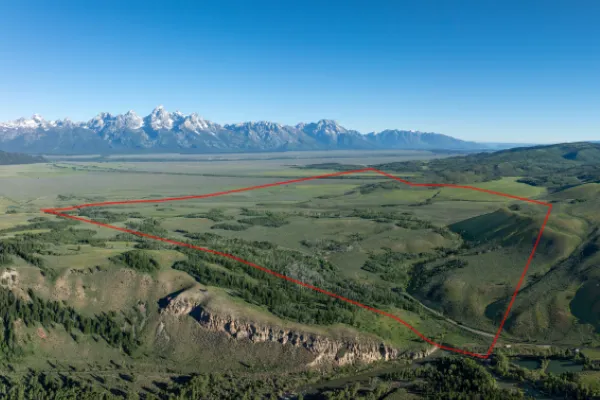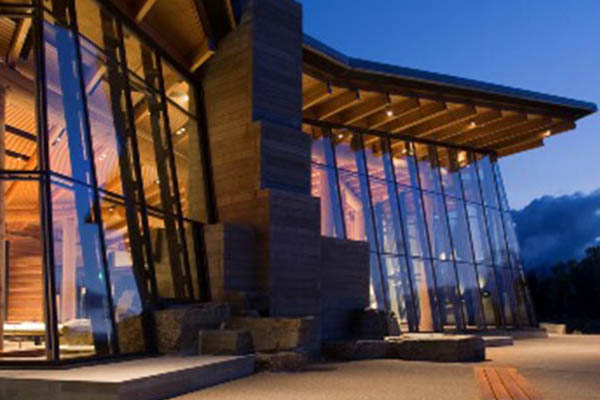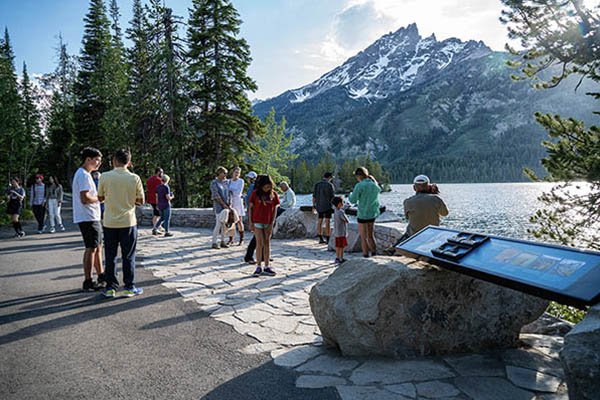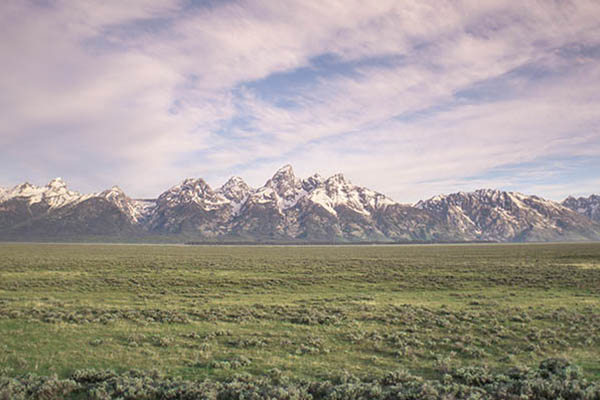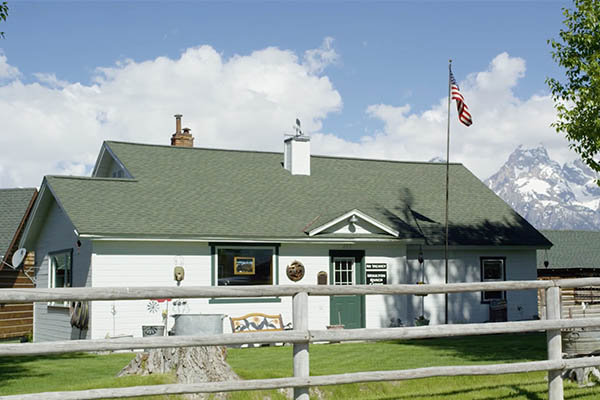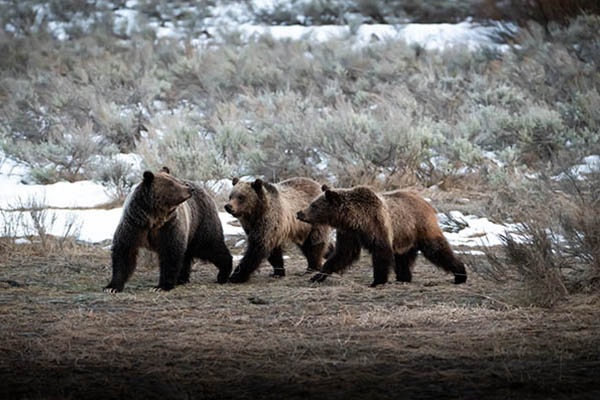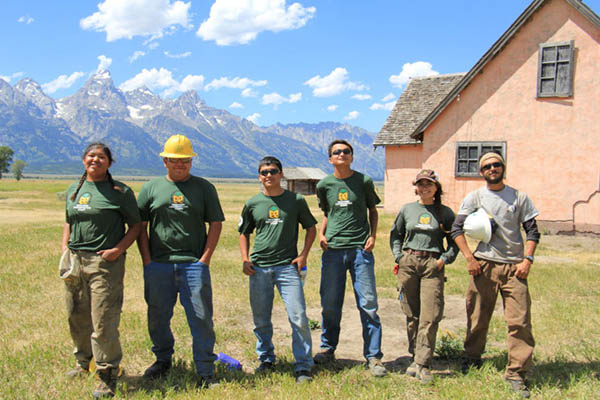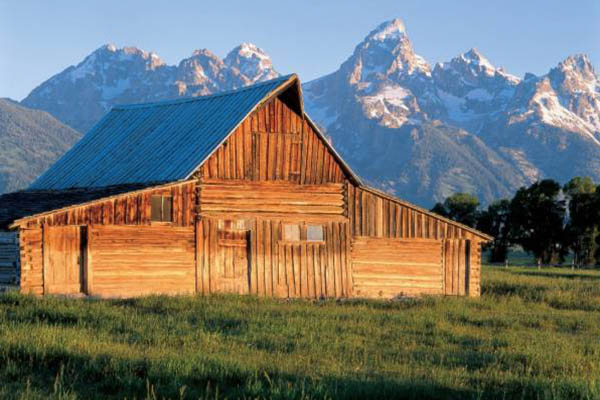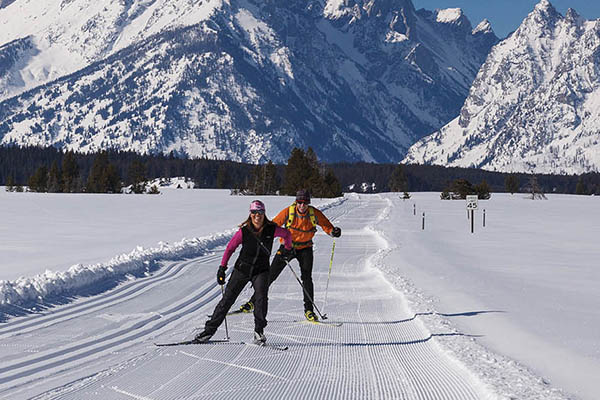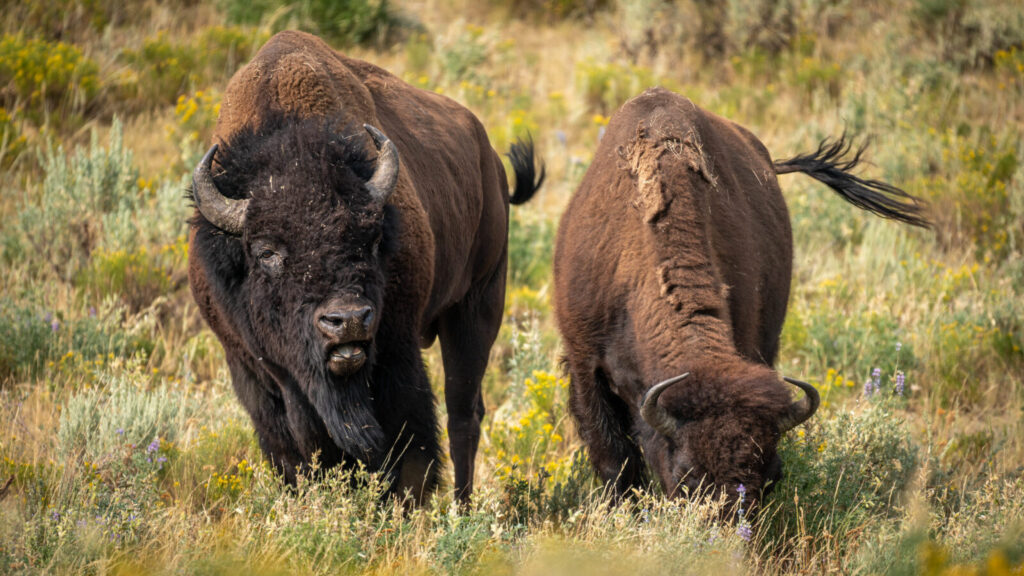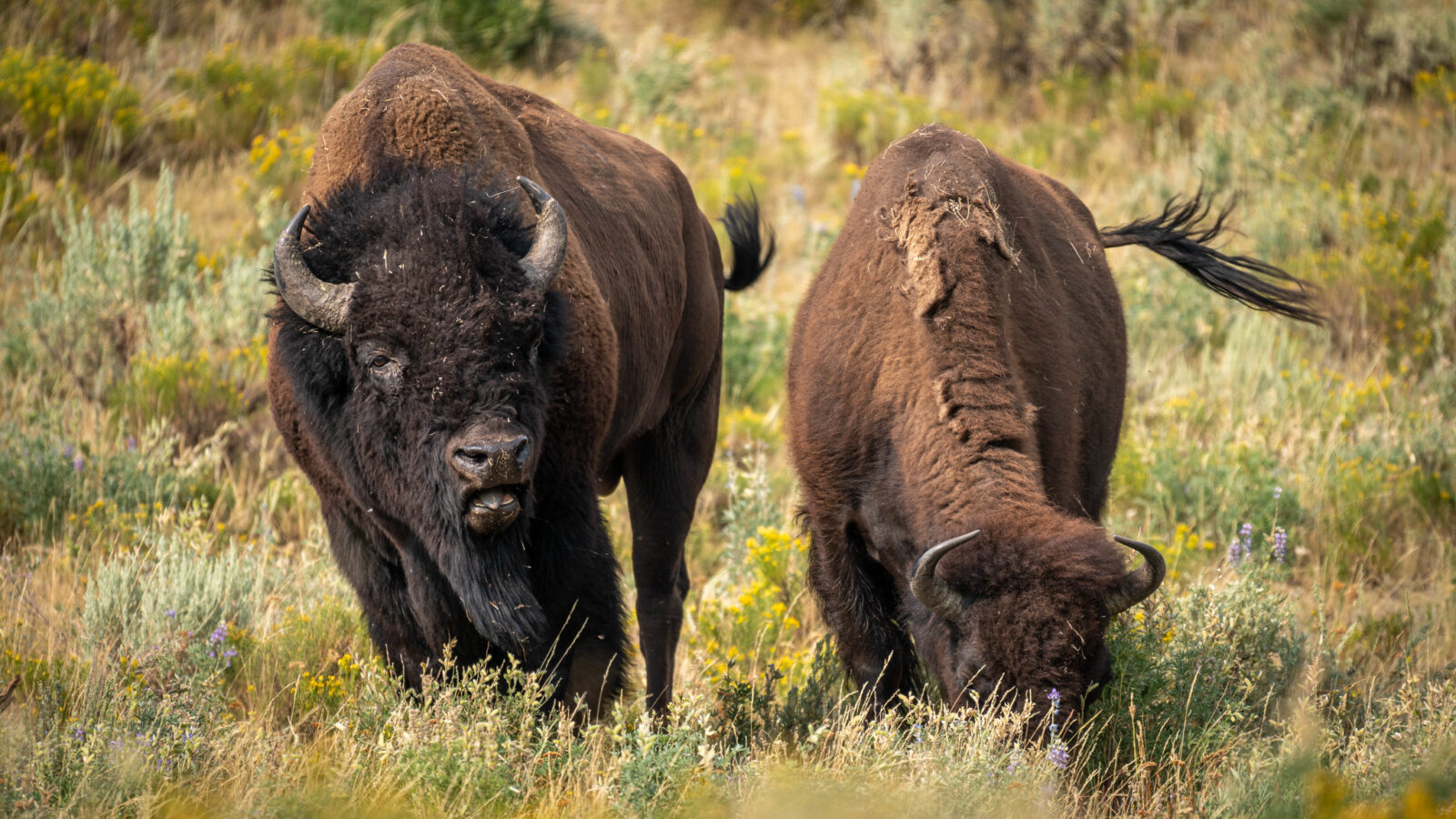
August is a busy and vibrant time in the park with significant changes in wildlife behavior and ecological conditions. Air and water temperatures are peaking for the year, berry crops are ripening, nestlings are fledging, and bears begin preparing for the winter ahead.
● The bison breeding period, or rut, began in July and will continue until late August. The elk rutting season will start towards the end of the month. Both bison and elk are polygynous breeders—a small number of dominant males breed with large numbers of females. Dominance in males is determined by a combination of display, vocalization, and ritualized fighting that can result in severe injuries to one or both contestants. Bull elk maintain and defend breeding rights to harems of cow elk. Bull bison seek out and compete for breeding rights with individual cows as they become receptive.
● Young bald eagles have fledged and are practicing their flying skills while still begging for food from their parents. Their dark juvenile plumage will not change to the iconic white head and tail until they mature sexually in about four to five years.
● This summer trumpeter swans in the park have had good nesting success hatching 12 cygnets (young swans) at three nest sites, well exceeding park averages. An interesting event happened when the adult swans at one nest site moved their five cygnets a distance of about 1.5 miles to another waterbody. This is impressive but has happened on other occasions in the park. Reasons for this type of move are most likely the result of declining water in later summer and/or declining food availability.
● A rarity of note this summer is the successful breeding of a common loon pair in the park producing 2 loonlets. The last known successful loon nests in the park were in 2013 and 2007. Common loons that breed within the Greater Yellowstone Ecosystem are geographically isolated south of the species’ core range and are the rarest breeding bird in Wyoming.
● This summer berries are abundant. By the end of August many berry crops, particularly huckleberries, have peaked while others, like mountain ash, hawthorn, and chokecherry fruits, are just ripening. Bears will take advantage of these as other food sources wane. Bears that forage on mountain ash berries will leave scats that look like berry pie filling on some trails. This is because the fruits have little digestible biomass, leaving them looking much the same after passing through a bear.
● Black bears and grizzly bears are entering a phase known as “hyperphagia,” which literally means “over-eating.” Many will forage on whitebark pinecone seeds beginning in August and will continue seeking them out until the end of September. The large seeds, or nuts, of whitebark pine are a high-energy food rich in fats, carbohydrates, and protein, making them an important food source for bears building fat reserves in preparation for winter denning. Obtaining seeds is challenging for ground dwellers as whitebark pinecones do not split open to scatter seeds when they mature. Most bears seek out seeds harvested and stored on the ground by red squirrels. Bears will also access cones by pulling down branches (grizzly bears) or by climbing the trees (black and some grizzly bears). Hikers should be particularly watchful for bears and exercise caution in the whitebark pine zone this time of year—around 8,500 to 10,000 feet elevation in the Tetons.
● Water temperatures have been reaching stressful levels for cold-water fishes in the afternoon hours. Trout die after prolonged exposure to water temperatures greater than 75 degrees Fahrenheit, and brief exposure to temperatures over 80 degrees is lethal. Because warm water also holds less oxygen, it can stress not only trout, but also all fish. Low-oxygen warm water hampers a fish’s ability to recover from the rigors of being caught. Anglers need to adjust their practices to help more fish survive the heat. It is a good rule of thumb to not to fish after 2 pm this time of year.
● While cutthroat trout feed on numerous aquatic macroinvertebrates hatching in the park’s waters in preparation for the long winter ahead, mountain whitefish and several non-native trout species are feeding in preparation for their upcoming fall spawning period.
Summer is a wonderful time to observe wildlife going about their natural business. Please remain respectful giving wildlife a comfortable distance to forage undisturbed—25 yards for most and 100 yards for bears and wolves.
